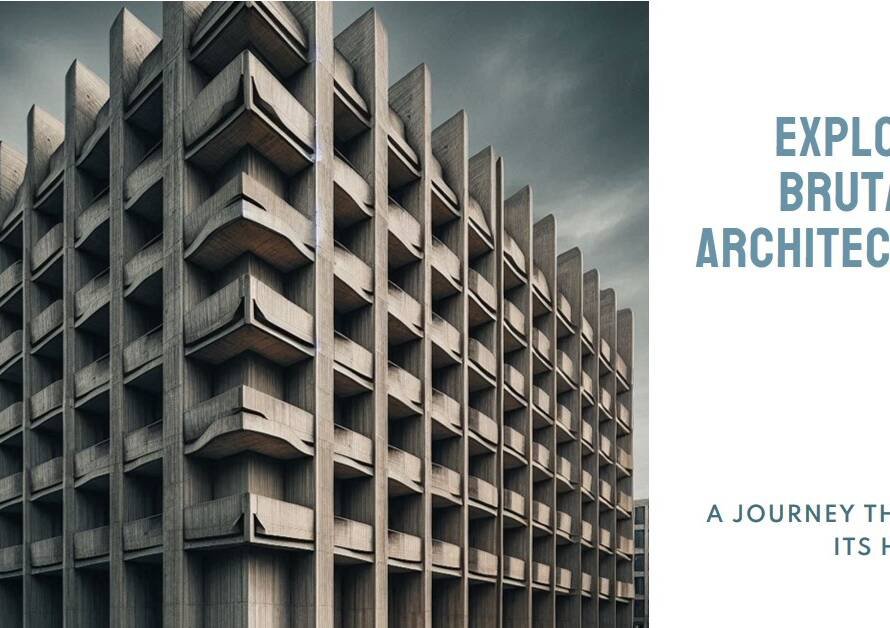
Table of Contents
Introduction: Beyond Architecture and Gaming
While 3D rendering is commonly associated with architecture and gaming, its application spans far beyond. This guide highlights ten diverse industries where 3D rendering technology is making a significant impact.
1. Interior Design
Transforming Spaces Digitally:
Interior designers utilize 3D rendering to create lifelike models of interior spaces, allowing clients to visualize design choices before implementation.
Impact:
This technology has revolutionized client presentations, enabling more informed decision-making and reducing the need for costly physical models.
2. Real Estate
Enhancing Property Marketing:
Real estate agents and developers use 3D renderings to showcase properties in a more appealing and detailed manner, especially for yet-to-be-built projects.
Impact:
This approach has significantly improved marketing efforts, providing potential buyers with a realistic view of properties, thus aiding in their decision-making process.
3. Film and Television
Crafting Visual Narratives:
The film and TV industry heavily relies on 3D rendering for visual effects (VFX), creating realistic scenes and characters that would be impossible or impractical to film in real life.
Impact:
From blockbuster movies to animated features, 3D rendering has expanded the creative possibilities for storytelling in film and television.
4. Healthcare
Medical Visualization and Planning:
3D rendering is used in healthcare for detailed visualization of anatomical structures, aiding in diagnosis, treatment planning, and patient education.
Impact:
Surgeons use 3D models for preoperative planning, while medical educators use them for teaching complex medical concepts.
5. Automotive Industry
Design and Prototyping:
Car manufacturers employ 3D rendering to design vehicles and create prototypes, allowing for thorough analysis and testing before physical models are built.
Impact:
This technology speeds up the design process, reduces costs, and enables designers to experiment with innovative concepts more freely.
6. Product Design and Manufacturing
From Concept to Reality:
3D rendering allows product designers to create detailed visualizations of products, facilitating design refinements and marketing before the physical product is manufactured.
Impact:
This approach has streamlined the product development cycle, enabling quicker market entry and more effective marketing strategies.
7. Aerospace and Defense
Advanced Engineering Visualization:
In aerospace and defense, 3D rendering is crucial for the design and testing of complex machinery, such as aircraft and military equipment.
Impact:
This technology enhances the precision and efficiency of engineering projects, leading to safer and more effective aerospace and defense solutions.
8. Education and Training
Interactive Learning Tools:
3D rendering is increasingly used in education to create interactive and engaging learning materials, particularly in subjects like science, engineering, and history.
Impact:
These visual tools enhance understanding and retention of complex concepts, making learning more interactive and immersive.
9. Retail and E-Commerce
Virtual Showrooms and Product Displays:
Retailers use 3D renderings to create virtual showrooms and product displays, offering customers an interactive shopping experience online.
Impact:
This innovation has reshaped the retail landscape, especially in e-commerce, by improving customer engagement and satisfaction.
10. Landscape Architecture
Environmental Design Visualization:
Landscape architects use 3D rendering to visualize outdoor spaces, including gardens, parks, and urban landscapes.
Impact:
This tool allows for better planning and design of outdoor spaces, considering factors like terrain, vegetation, and lighting, leading to more sustainable and aesthetically pleasing environments.


Conclusion: A World Enhanced by 3D Rendering
The widespread adoption of 3D rendering across these diverse industries underscores its versatility and impact. By enabling detailed visualization and simulation, 3D rendering has become an indispensable tool, driving innovation and efficiency across various sectors.



